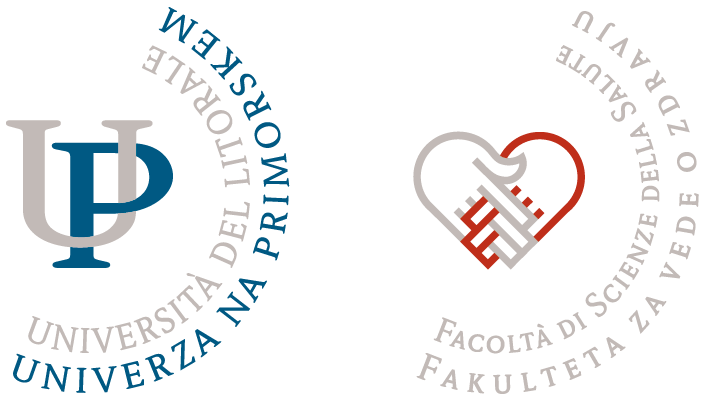Content
- Lectures: 25 hours
- Independent work: 65 hours
Subject carrier
Description
1. EATING DISORDERS (ED): DIAGNOSTIC CATEGORIES
1.1 Eating Disorders vs. disorder eating
1.2 ED classification
1.3. Diagnostic criteria and definition of subtypes
1.4 Emerging new forms
2. HEALTH COMPLICATIONS OF ED
2.1 Physical signs
2.2 Health complications:
consequence of starvation, vomiting behavior
and side effects of excessive and inappropriate use of medications
3. OVERVIEW OF ED
3.1 Prevalence and incidence
3.2 Gender differences
3.3 ED in Slovenia and world
4. CAUSES OF ED: ETIOLOGICAL MODELS
4.1 Social and cultural determinants: family, media, subcultures and social network
4.2 Psychological determinants: personality and psychopathology
4.3 Biological determinants: genetic and physiological risk factors
4.4 Multiple determinants of eating disorders
5. TREATMENT OF ED
5.1 Levels of treatment and treatment models
5.2 Treatment in Slovenia
ADDITIONAL CONTENT:
6. ED IN EARLY CHILDHOOD
6.1. Spot, rumination, food refusal, excessive greed, pronounced pickiness
6.2. Secondary eating disorder – in diseases
7. NUTRITIONAL SUPPORT FOR ED
8. PREVENTION OF ED
8.1 The importance of a positive self-image, learning healthy eating; raising public awareness of risk groups for the occurrence of disorders; the positive role of the media.
9. DEFINITION OF RISK
9.1 Physical and psychological health risks of participation in weight loss behaviors associated with eating disorders
9.2 Eating behavior as a risk factor for clinical eating disorders

